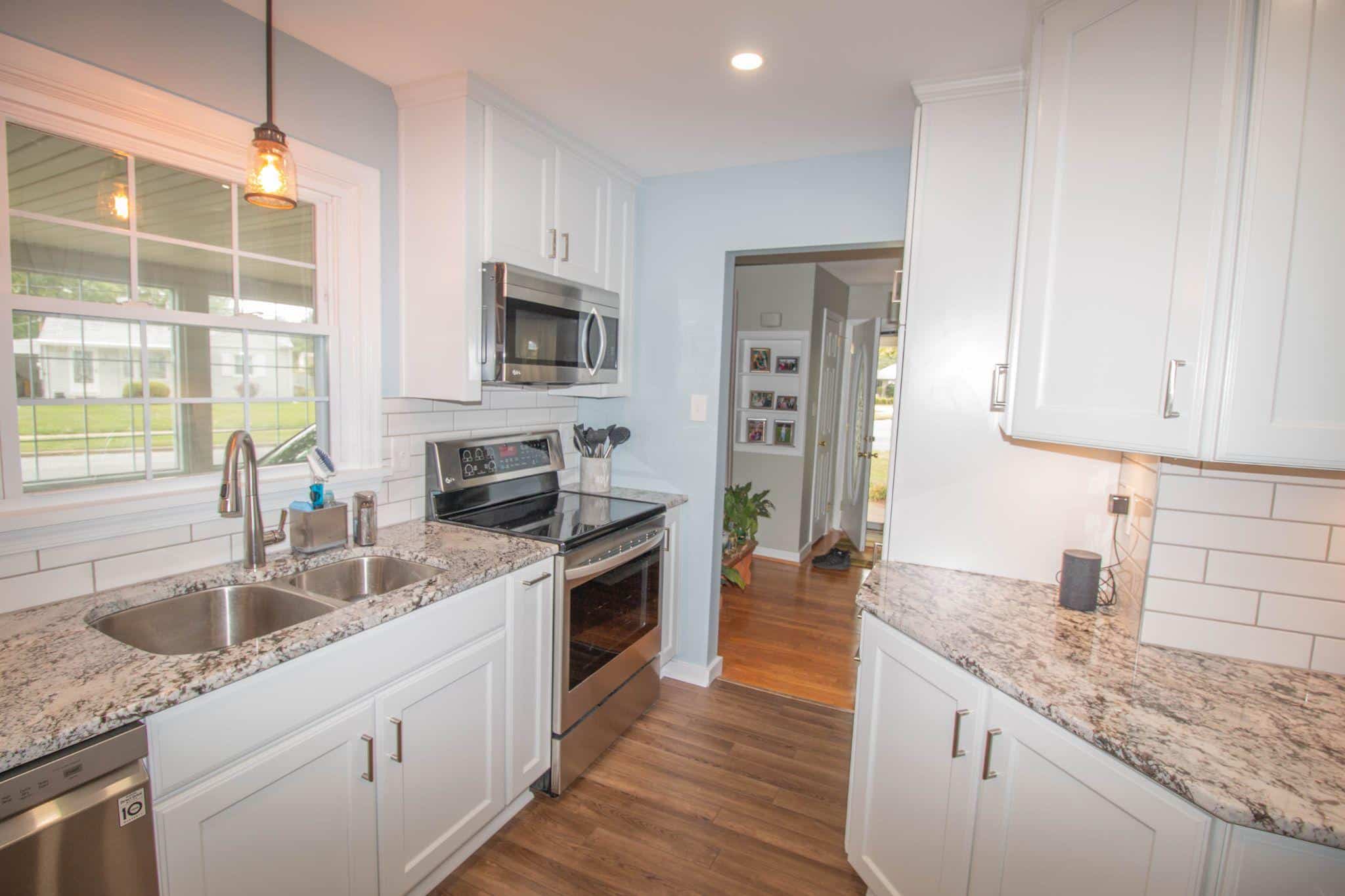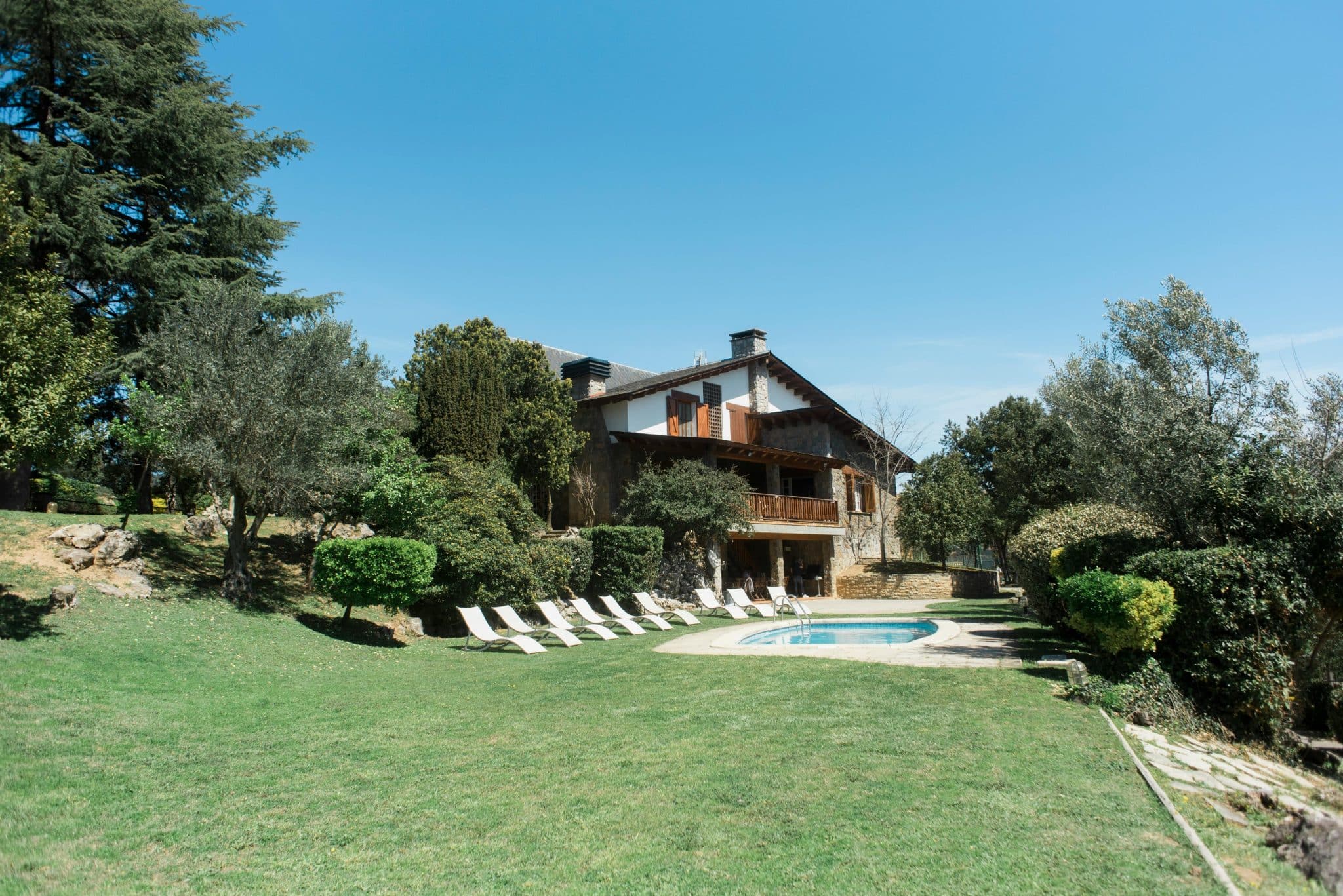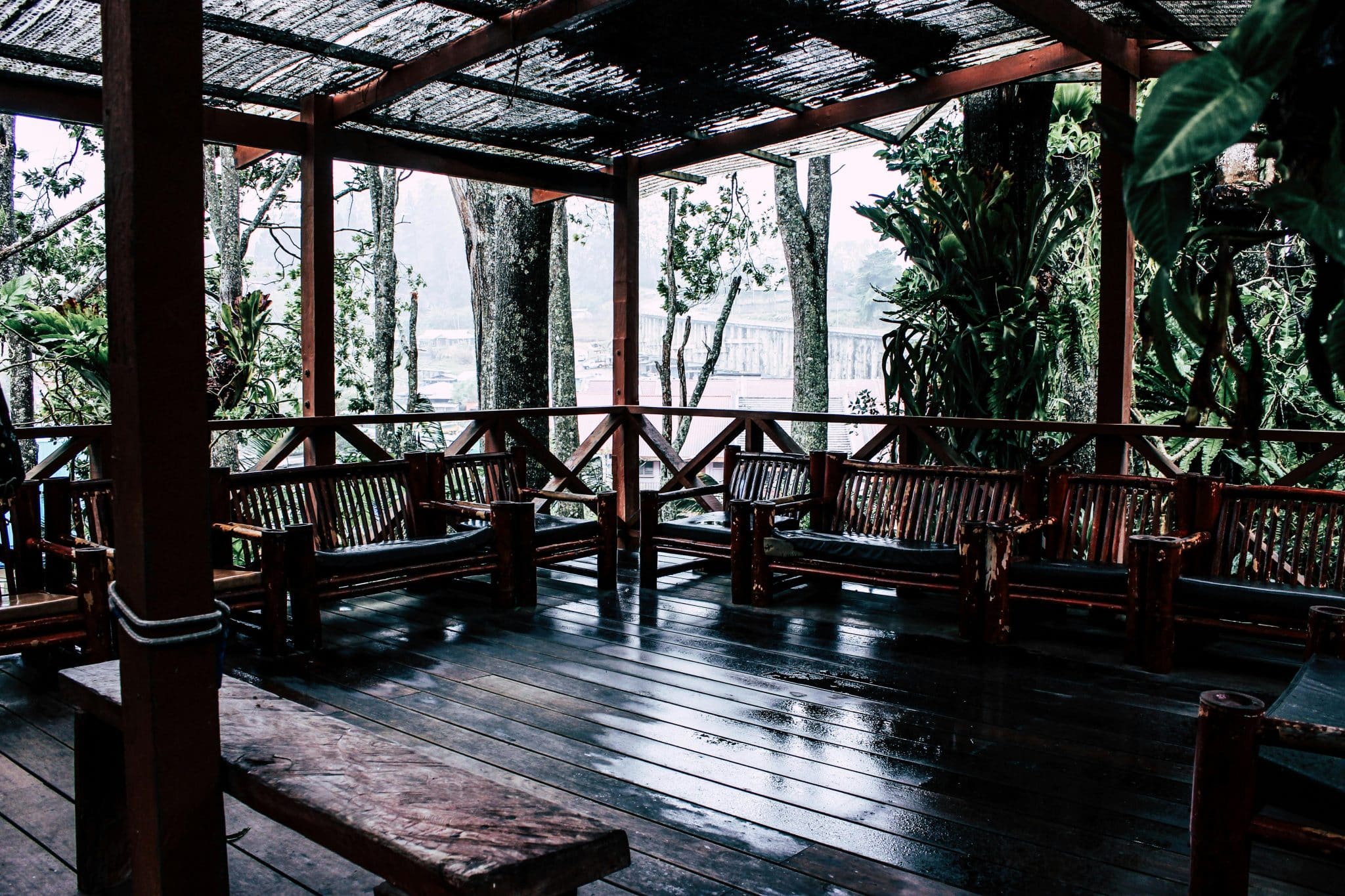Planning a kitchen remodel or bathroom upgrade? The size of your granite slab can make or break your project budget.
Most homeowners don’t realize that granite slabs come in wildly different dimensions. Some are as small as 6 feet, while others stretch over 10 feet long. The wrong size choice could mean costly seams in your countertop or wasted material.
Understanding granite slab sizes helps you plan better, save money, and get the smooth, beautiful surface you want. You’ll learn exactly what sizes are available, which types work best for different spaces, and how to choose the right slab for your project.
Let’s analyze everything you need to know about granite slab dimensions, from standard sizes to specialty options that could be perfect for your home.
What is a Granite Slab?
A granite slab is a large, flat piece of natural stone cut directly from quarried granite blocks, typically measuring 2-3 centimeters thick and spanning 9-10 feet in length.
Unlike granite tiles that are small individual pieces, slabs offer continuous surfaces with fewer seams, making them ideal for countertops and large installations.
- Natural Formation: Granite forms deep underground when molten rock cools slowly over millions of years.
- Unique Patterns: Each slab displays distinctive speckled patterns and mineral compositions based on its geological origin.
- Professional Cutting: Quarried blocks are sliced into slabs using diamond-wire saws for precision and smooth surfaces.
Once extracted from massive deposits, these slabs are carefully polished to reveal their natural beauty and incredible durability that varies by location and geological conditions.
Standard Granite Slab Sizes
Most granite slabs follow industry standards, though exact dimensions can vary based on the quarry source and specific granite type. Here’s a breakdown of typical measurements you’ll encounter:
| Dimension | Standard Range | Metric Equivalent |
|---|---|---|
| Length | 9-10 feet | 274-305 cm |
| Width | 5-6 feet | 152-183 cm |
| Thickness | 3/4 inch (2 cm) | 20 mm |
| Thickness | 1 1/4 inch (3 cm) | 30 mm |
| Surface Area | 45-60 square feet | 4.2-5.6 square meters |
Size Variations by Source:
- Brazilian granite: Often produces larger slabs up to 10+ feet
- Indian granite: Typically ranges 8-9 feet in length
- Quarry-specific limits: Some locations yield smaller slabs due to natural stone formations
The 3 cm thickness is most popular for kitchen countertops because it provides better structural support, while 2 cm works well for bathroom vanities and lighter applications.
Types of Granite Slabs
Granite slabs come in various sizes and categories to match different project needs and budgets. Each type serves specific purposes based on space requirements and design goals.
1. Standard Slabs

Standard granite slabs are the most common choice for residential projects, offering reliable dimensions that work well for typical kitchen and bathroom layouts. These slabs provide good coverage while maintaining cost-effectiveness for most homeowners.
- Length ranges from 9-10 feet with 5-6 feet width.
- Perfect for standard kitchen islands and bathroom vanities.
- Most affordable option with wide availability.
Note: Standard slabs work for 80% of residential countertop projects without requiring seams.
2. Jumbo Slabs

Jumbo slabs measure 12 feet or longer, making them ideal for large kitchen islands, commercial spaces, or open-concept designs where continuous surfaces matter most. These oversized pieces minimize seams and create stunning focal points in spacious areas.
- Length extends 12+ feet with widths up to 7 feet.
- Ideal for large islands, commercial kitchens, and expansive countertops.
- Reduce visible seams in big installations.
Note: Jumbo slabs require special handling equipment and may increase installation costs.
3. Custom Slabs

Custom slabs are cut to specific dimensions for unique projects that don’t fit standard sizes. Fabricators can modify existing slabs or work with quarries to create pieces that match exact design requirements and unusual spaces.
- Cut to exact specifications for unique layouts.
- Available for special applications like curved surfaces.
- Allow creative freedom for complex designs.
Note: Custom slabs typically cost 20-30% more and require longer lead times.
4. Exotic or Rare Granite Slabs

Rare granite varieties often come in limited sizes due to their unique formation conditions and restricted quarry locations. These premium stones may have smaller dimensions but offer extraordinary patterns, colors, and geological features not found in common granites.
- Limited sizes based on natural stone formation.
- Feature unique patterns, colors, and mineral compositions.
- Higher price point due to rarity and limited availability.
Note: Exotic granites may require multiple smaller slabs for large projects due to size constraints.
Choosing the Right Granite Slab Size for Your Project
Selecting the proper granite slab size requires careful planning to balance aesthetics, functionality, and budget. These key considerations will help you make the best choice for your specific project.
1. Accurate space measurement – Measure your countertop area precisely, including length, width, and any special features like curves or cutouts, to determine how many slabs you need and avoid costly mistakes.
2. Seam placement strategy – Plan where seams will fall in your design, as larger slabs create fewer visible joints and provide cleaner, more continuous surfaces that look more professional.
3. Budget versus size trade-offs – Weigh the higher cost of jumbo slabs against the visual benefits of fewer seams, considering that standard slabs may be more economical for smaller projects.
4. Installation complexity factors – Consider whether your space can accommodate large slabs during delivery and installation, as tight corners or narrow doorways may require smaller pieces.
5. Future maintenance needs – Evaluate how seam placement affects cleaning and maintenance, since fewer seams mean less potential for dirt buildup and easier long-term care.
Granite Slab Thicknesses and Their Importance
Granite thickness directly impacts your countertop’s durability, appearance, and installation requirements. Here’s what you need to know about the two standard options.
Standard Thicknesses Comparison:
| Feature | 3/4 inch – 2 cm | 1 1/4 inch – 3 cm |
|---|---|---|
| Weight | 12 lbs per sq ft | 18 lbs per sq ft |
| Best Use | Bathroom vanities, wet bars | Kitchen countertops, islands |
| Support Needed | Backing required over 18″ | Spans longer without support |
| Cost | Lower upfront cost | Higher initial investment |
| Appearance | Sleek, modern look | Substantial, luxurious feel |
| Durability | Good for light use | Excellent for heavy use |
Key Applications by Thickness:
| Thickness | Recommended Areas | Why It Works |
|---|---|---|
| 2 cm | Bathroom vanities Wet bars Decorative surfaces |
Lighter weight, cost-effective |
| 3 cm | Kitchen countertops Large islands High-traffic areas |
Better strength, heat resistance |
Impact on Durability and Aesthetics:
Thicker slabs – 3 cm resist cracking, handle heat better, and create a luxurious, substantial look. Thinner slabs – 2 cm cost less upfront but may need reinforcement and appear more delicate.
Bottom line: Choose 3 cm for kitchens, 2 cm for bathrooms and light-use areas.
5 Factors Influencing Slab Size and Cost
Understanding what drives granite slab pricing and availability helps you make informed decisions for your project. Several key factors determine both the size options and final cost.
1. Quarry extraction methods – Different quarries use varying techniques that affect maximum slab dimensions, with some locations naturally producing larger pieces while others yield smaller standard sizes
2. Transportation logistics – Larger slabs require specialized equipment and careful handling during shipping, which can add 15-25% to total costs compared to standard-sized pieces.
3. Granite rarity and origin – Exotic colors from limited quarries command premium prices, often 2-3 times more than common varieties like black or white granite
4. Natural stone characteristics – The geological formation and mineral structure of specific granite types determine how large slabs can be cut without fracturing or weakening.
5. Market demand and availability – Popular colors and patterns in high demand typically cost more, while readily available standard options remain budget-friendly for most projects.
Conclusion
Choosing the right granite slab size makes a huge difference in your renovation project’s success and final appearance. Standard slabs work well for most kitchens and bathrooms, while jumbo slabs create stunning continuous surfaces for larger spaces.
Remember that 3 cm thickness provides better durability for high-use areas like kitchen countertops, while 2 cm works perfectly for bathroom vanities.
Consider your space measurements, seam placement, and budget when making your decision. Larger slabs cost more upfront but reduce visible seams and create a more polished look. Don’t forget to factor in transportation and installation requirements for your specific location.
Ready to start your granite countertop project? Measure your space carefully and consult with local fabricators to find the perfect slab size for your needs. What granite project are you planning next?








